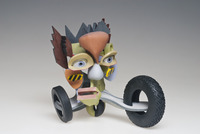 Artists have begun leveraging 3D printing technology to produce wondrous creations. This week we encountered an artist who is pushing the technology to its limit by creating perhaps the most amazing 3D printed pieces we’ve ever seen.
Artists have begun leveraging 3D printing technology to produce wondrous creations. This week we encountered an artist who is pushing the technology to its limit by creating perhaps the most amazing 3D printed pieces we’ve ever seen. We contacted California-based Robert Geshlider and asked him a few questions about his work, some of which you can see here. (Click for larger views)
Robert Geshlider: I was making sculptures using traditional methods of mold-making and casting (in bronze and plaster) up until about 1999. I got a job then at a startup called Eoplex, helping develop a type of 3d printer. At Eoplex I learned Solidworks and was introduced to the various companies that made 3d printing machines. The possibilities of using 3D CAD to develop meaningful shapes became apparent.
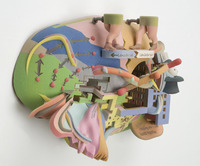 Fabbaloo: Some of your works seem quite complex, involving many components. How difficult is it to produce one of these sculptures? What is your design to build process?
Fabbaloo: Some of your works seem quite complex, involving many components. How difficult is it to produce one of these sculptures? What is your design to build process?Robert Geshlider: Well, there’s two steps, the design first, and then the printing.
The designing of the pieces in Solidworks usually takes months. This is when most of the struggle occurs. There’s a lot of back and forth, deciding which shapes go where, what colors to apply, etc.
The printing on the 3D printers is comparatively simple; it takes hours.
Many things I’ve worked on are complex, as you’ve said. I’m interested in a kind of sculptural collage, where different shapes exist side-by-side or sometimes within other shapes. To do this with molds and casting is a technical nightmare. To do this virtually, with 3D CAD, is ideal. There’s an immediate freedom to place things exactly where you want which was never quite possible working in clay or wax.
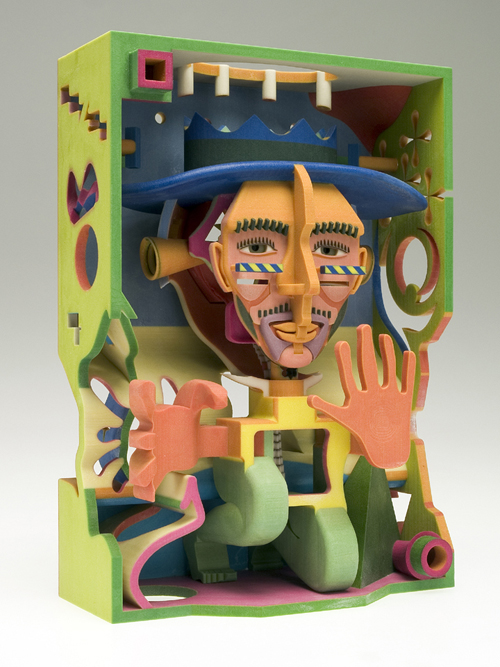 Fabbaloo: What advice could you offer other artists who are considering use of 3D printing technology?
Fabbaloo: What advice could you offer other artists who are considering use of 3D printing technology? Robert Geshlider: First learn a 3D CAD program and then figure out how to gain access to a machine.
Solidworks, as you may know, was designed for making mechanical equipment, not sculptures, but it has suited me well.
There are other programs out there more appropriate for organic, curvilinear shapes, such as ZBrush or Rhino.
On the printer side, a lot of schools have the machines these days, or you can access them using service bureaus.
Plus, the prices to own a 3d printer keep coming down.
Robert Geshlider: Thank you for the compliment. Yes, most of the pieces are available for sale and are produced in editions of 5. There’s a contact link on my website for inquiries.
Via AllTheLives


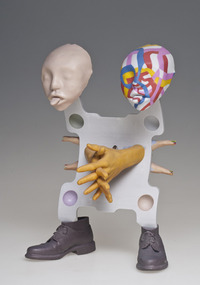
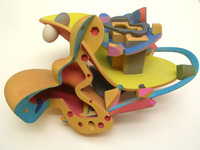
This is awesome. 3D printing is revolutionary technology and Robert is pushing the envelope of what talented, creative people can do with it.